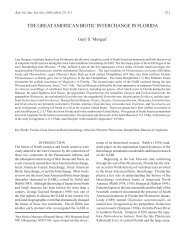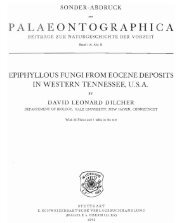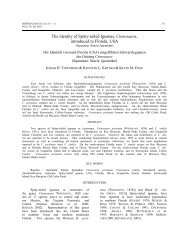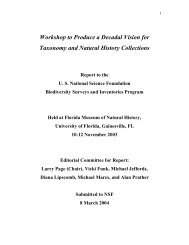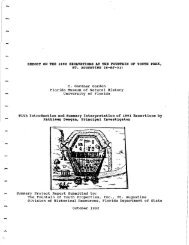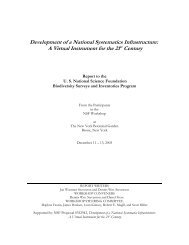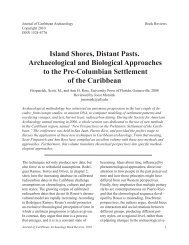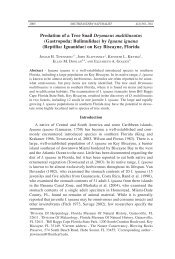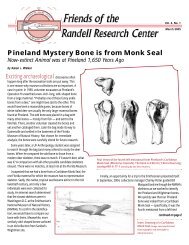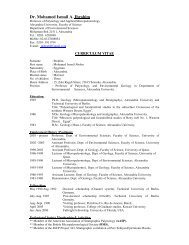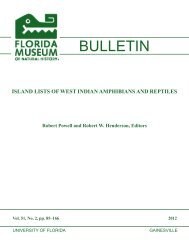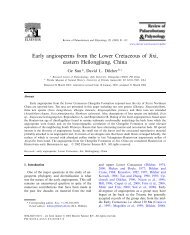COMPOSITIONAL ANALYSIS OF FRENCH COLONIAL CERAMICS ...
COMPOSITIONAL ANALYSIS OF FRENCH COLONIAL CERAMICS ...
COMPOSITIONAL ANALYSIS OF FRENCH COLONIAL CERAMICS ...
You also want an ePaper? Increase the reach of your titles
YUMPU automatically turns print PDFs into web optimized ePapers that Google loves.
Compositional Analysis of French Colonial Ceramics Kelly et al.<br />
Figure 3. Industrial ceramics used in sugar processing. Diderot Vol 18, Oeconomie rustique,<br />
Sucrerie.<br />
The Ceramics<br />
Here, we examine three types of ceramics<br />
recovered from the surface collections at kiln<br />
sites and from excavations on Guadeloupe<br />
and Martinique. The first ceramic type is<br />
related to the industrial processing of sugar<br />
and is shown in this contemporary illustration<br />
(Figure 3). These ceramics (Figure 4) are a<br />
thick-walled, wheel-thrown earthenware. The<br />
paste is coarse, orange-red, and contains large<br />
grog, limestone, and detrital inclusions. The<br />
surfaces are untreated. These ceramics are<br />
found in forms that include drip jars (Figure<br />
3, lower ceramic) and sugar cones (Figure 3,<br />
upper ceramic).<br />
The second type of ceramic (Figure 5) is a<br />
utilitarian ware associated with household<br />
cooking and serving. They also appear to be<br />
wheel-thrown and are thin-walled. The paste<br />
is coarse, reddish brown and contains<br />
felspathic detrital inclusions and limestone.<br />
These ceramics are smoothed and treated<br />
with a red slip, and cores indicative of an<br />
oxidizing environment are present on the<br />
majority of this type. With both types there<br />
appears to be variation in the texture of the<br />
paste and the nature of the visible inclusions<br />
dependent upon from which kiln the surface<br />
collection was obtained. These ceramics have<br />
also been recovered in archaeological<br />
excavations at La Mahaudière and Grande<br />
Pointe by one of the authors (Kelly) and also<br />
salvaged from construction sites in Basse<br />
Terre and St. Martin by Antoine Chancerel<br />
and Christian Stouvenot (pers. comm. 2005).<br />
The third ceramic type is a hand-built<br />
ceramic similar to those described by Lyn-<br />
Rose Beuze (1990) in her ethnographic<br />
description of the potter Madame Trime in<br />
the Commune of Sainte Anne in Martinique<br />
(Figure 6). This is a coil-made, thick-walled<br />
ceramic. The surfaces are evened and<br />
Journal of Caribbean Archaeology, Special Publication #2, 2008 89



